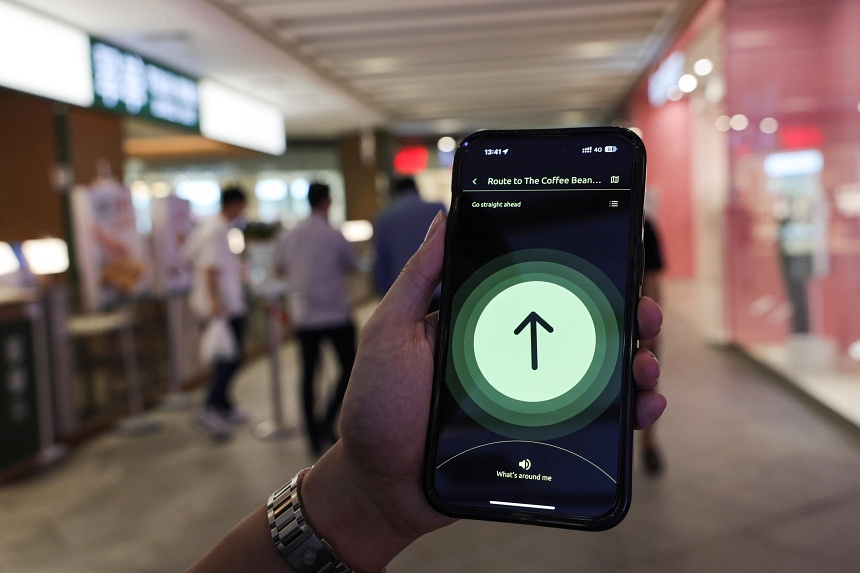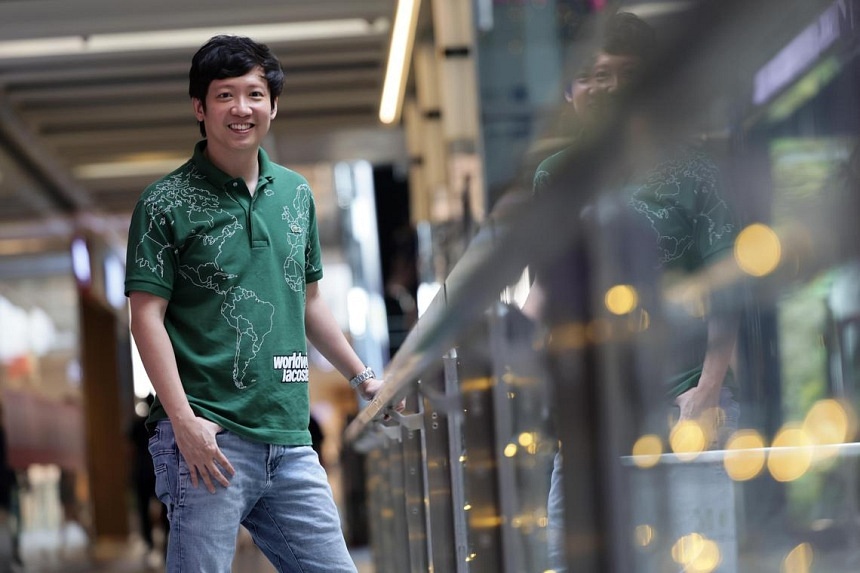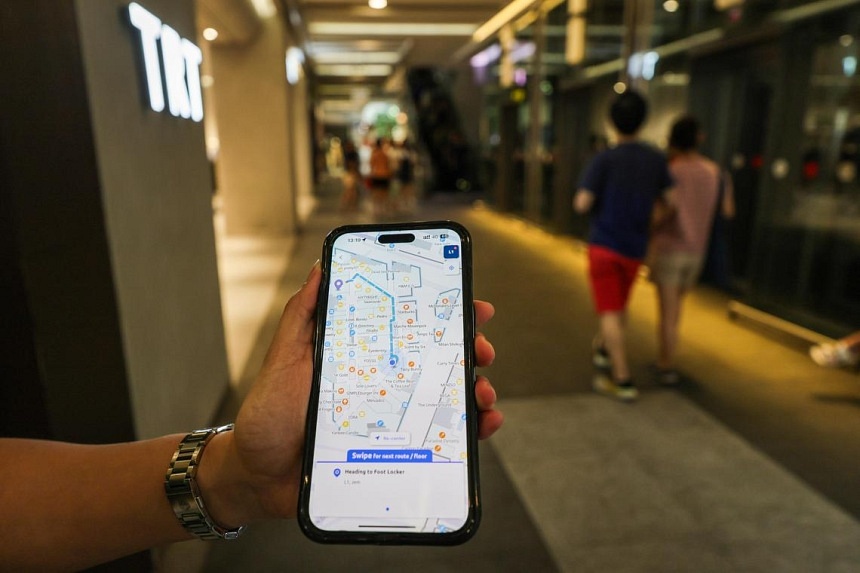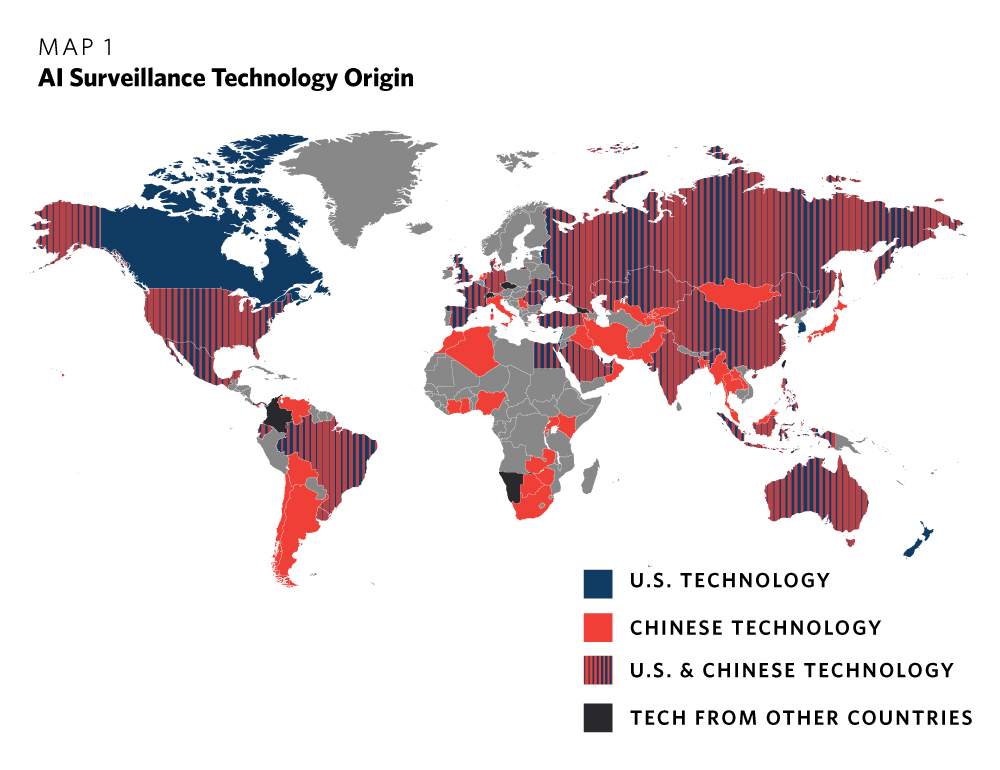Navigating Jurong’s Indoor Spaces: A Revolutionary App for All

Singapore’s Jurong area has rolled out an innovative mobile application, CitiGeni, designed to assist visitors in navigating a complex network of malls and hospitals. This app not only directs users to their desired shops but also ensures that those with disabilities can find the most accessible paths. With features reminiscent of Google Maps but tailored for indoor navigation, CitiGeni is set to transform how we explore urban spaces.
A Step Towards Inclusivity
The CitiGeni app, made available to the public since October 23, is a collaboration between Mapxus, a Hong Kong-based navigation tech start-up, and the National University Health System (NUHS). Its primary goal is to help individuals with disabilities navigate indoor environments, an often-overlooked aspect of urban planning in modern cities.
Aside from guiding users through malls like Jem and Ng Teng Fong General Hospital, the app also incorporates an ingenious alternative mode that aids visually impaired individuals. By using audio cues, the app provides auditory feedback, enabling users to make their way through bustling shopping centers with greater confidence.
Innovative Technology Behind the App
CitiGeni boasts an impressive technological backdrop: it employs Wi-Fi beacon codes to chart indoor maps without the need for cumbersome hardware installations. As a self-contained app, it requires no logging into Wi-Fi networks, thus alleviating cybersecurity risks while preserving the bandwidth available to users, allowing them to experience seamless navigation.
By effectively mapping user positions through signal strength readings from nearby Wi-Fi routers, the app presents a significant step forward in incorporating smart technology into everyday life. Joseph Yi, the business development head at Mapxus, highlights that this means programmers only need to walk the premises to gather necessary data, a brilliant solution for securing accurate location information without requiring additional infrastructures.

Bridging Barriers for All
It’s refreshing to see technology progressing towards inclusivity, especially in a bustling area like Jurong where connected malls often attract a significant number of visitors. The app’s feature set is particularly commendable for offering dedicated routes that promote wheelchair accessibility and support for those who are visually impaired. Users can simply enter their intended destination, follow the guided arrows, and listen for audio cues that ensure they remain on the correct path.
This is especially important in areas where the layout may confuse first-time visitors. Ng Kian Swan, the chief operating officer at NUHS, emphasizes the app’s role in complementing hospital staff who often help guide patients, stating that the service is an evolving tool designed to enhance the visitor experience, with a special focus on user feedback for continuous improvement.
A Glimpse into the Future
Scheduled for an official expansion to additional locations, including Jem and beyond in January 2025, CitiGeni is poised to lead the way for similar initiatives in urban settings worldwide. The notion that advanced technology can enhance daily navigation for everyone, especially those often marginalized, cannot be understated.
As we enter an era where smart technology can facilitate more straightforward journeys through complex urban environments, the CitiGeni app stands as a beacon of hope and innovation. Its existence proves that when technology meets empathy, we can craft experiences that are not only efficient but also inclusive, enriching the lives of users from all walks of life.

Conclusion
Maps may traditionally conjure images of vast landscapes or city layouts, but indoor navigation represents an equally important frontier in our interconnected world. As with CitiGeni, the app’s future enhancements could lead to further breakthroughs, such as extended functions for hospital wards and beyond, making it an indispensable ally for those navigating urban spaces. If tests with users who have disabilities can invoke similar results elsewhere, we could witness a ripple effect inspiring changes worldwide.
By harnessing innovative technology, we can transcend barriers and make our cities accessible to every individual. The future looks promising, and as we continue to innovate, let us do so with inclusivity at the forefront.
Enhancing urban navigation is more than just practical; it’s about making our world a better place for everyone.


 Photo by
Photo by 











